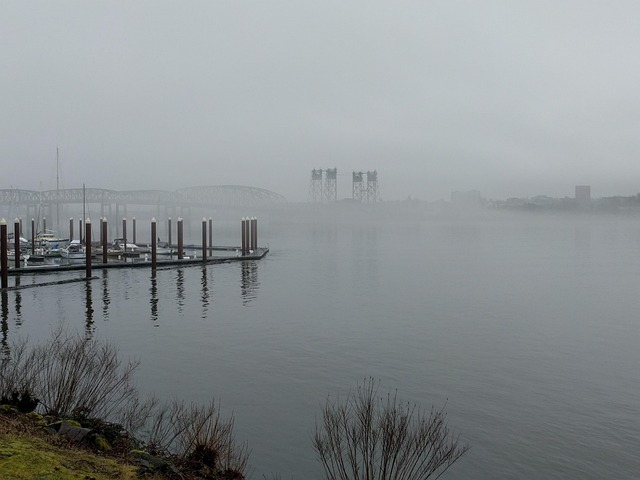The 19th century's railroad revolution dramatically altered global history, spurring industrial growth and real estate development by transforming goods movement. Railroads connected remote areas, turning them into vibrant hubs, while smelters and metal manufacturing facilities left an indelible mark on landscapes and surrounding properties. Today, historic industrial sites can be revitalized through strategic real estate development, preserving cultural value while creating modern spaces that engage communities and celebrate their past.
In the heart of many cities, hidden beneath modern developments, lie remnants of a bygone era—historic railroad roots and smelters. These industrial giants once fueled economic growth, driving real estate development with their extensive networks. Smelters, in particular, played an integral part in shaping urban landscapes, manufacturing metal and propelling metropolitan growth. This article explores the rise of railroads as catalysts for industrial expansion, the significance of smelters, and the crucial role of real estate in preserving and revitalizing these historic sites.
The Rise of Railroad: A Catalyst for Industrial Growth and Real Estate Development

The advent of railroads in the 19th century marked a pivotal moment in history, acting as a catalyst for unprecedented industrial growth and real estate development across the globe. This innovative mode of transportation revolutionized goods movement, fostering economic expansion by facilitating the efficient transport of raw materials, manufactured goods, and people over vast distances. The rise of railroads spurred the establishment of new industries and the growth of existing ones, creating a ripple effect that transformed landscapes and urban centers.
Real estate developers quickly recognized the potential offered by railroad proximity. Industrial sites along rail lines became highly desirable, attracting businesses seeking easier access to transportation networks. This led to the rapid development of bustling industrial districts and thriving communities around train stations, as railroads connected remote areas to economic opportunities, transforming them into vibrant hubs of commercial and residential activity.
Smelters and Metal Manufacturing: An Integral Part of Historic Industrial Landscapes

Smelters and metal manufacturing facilities played a pivotal role in shaping historic industrial landscapes, leaving an indelible mark on the real estate surrounding them. These structures, often towering and imposing, were the backbone of many communities, driving economic growth and employing countless workers. The process of smelting involved transforming ore into metallic forms, requiring immense heat and specialized equipment. As a result, these plants became centers of innovation, attracting skilled artisans and engineers who contributed to the advancement of metalworking techniques.
The presence of smelters significantly influenced the development of nearby areas. They attracted populations seeking employment opportunities, leading to the growth of bustling towns and cities. The real estate in these regions often featured industrial parks, housing complexes for workers, and transportation networks designed to facilitate the movement of raw materials and finished products. Even today, remnants of these historical sites can be seen in the form of old factory buildings, which now house creative startups or are converted into modern residential spaces, reflecting the ongoing evolution of urban landscapes.
Preserving History: The Role of Real Estate in Protecting and Revitalizing Old Railroad and Smelter Sites

Preserving history is not just about documenting the past; it’s about ensuring that tangible remnants of our heritage remain for future generations to appreciate and learn from. Old railroad and smelter sites, once bustling with industry, can be transformed into vibrant communities through the strategic involvement of real estate development. These sites hold cultural value, offering a glimpse into our nation’s industrial past and the stories of those who shaped it.
Real estate has a crucial role in revitalizing these historic locations. By carefully planning and executing development projects, it is possible to create modern, functional spaces while preserving the site’s original character. This can involve restoring old buildings, incorporating historical elements into new designs, and ensuring that the overall aesthetic respects the site’s heritage. Real estate developers play a vital role in protecting this history by converting these forgotten sites into mixed-use developments, commercial spaces, or even cultural centers, fostering community engagement and appreciation for our railroad roots and smelter legacy.






